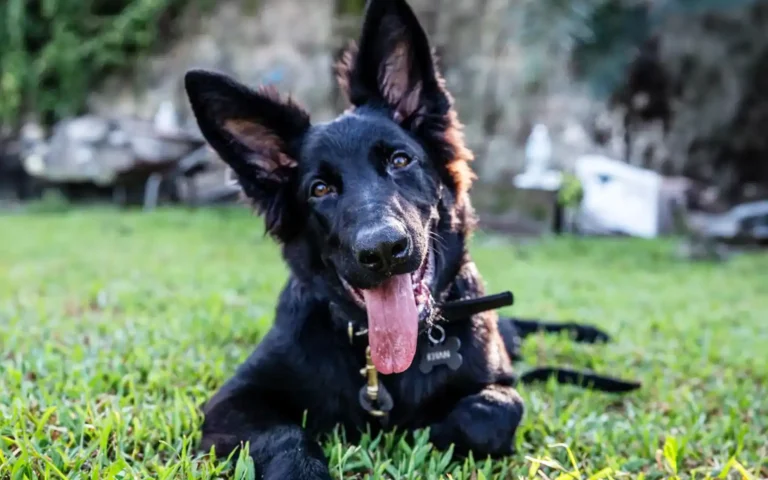Can I Give My Dog Benadryl? And if So, How Much?
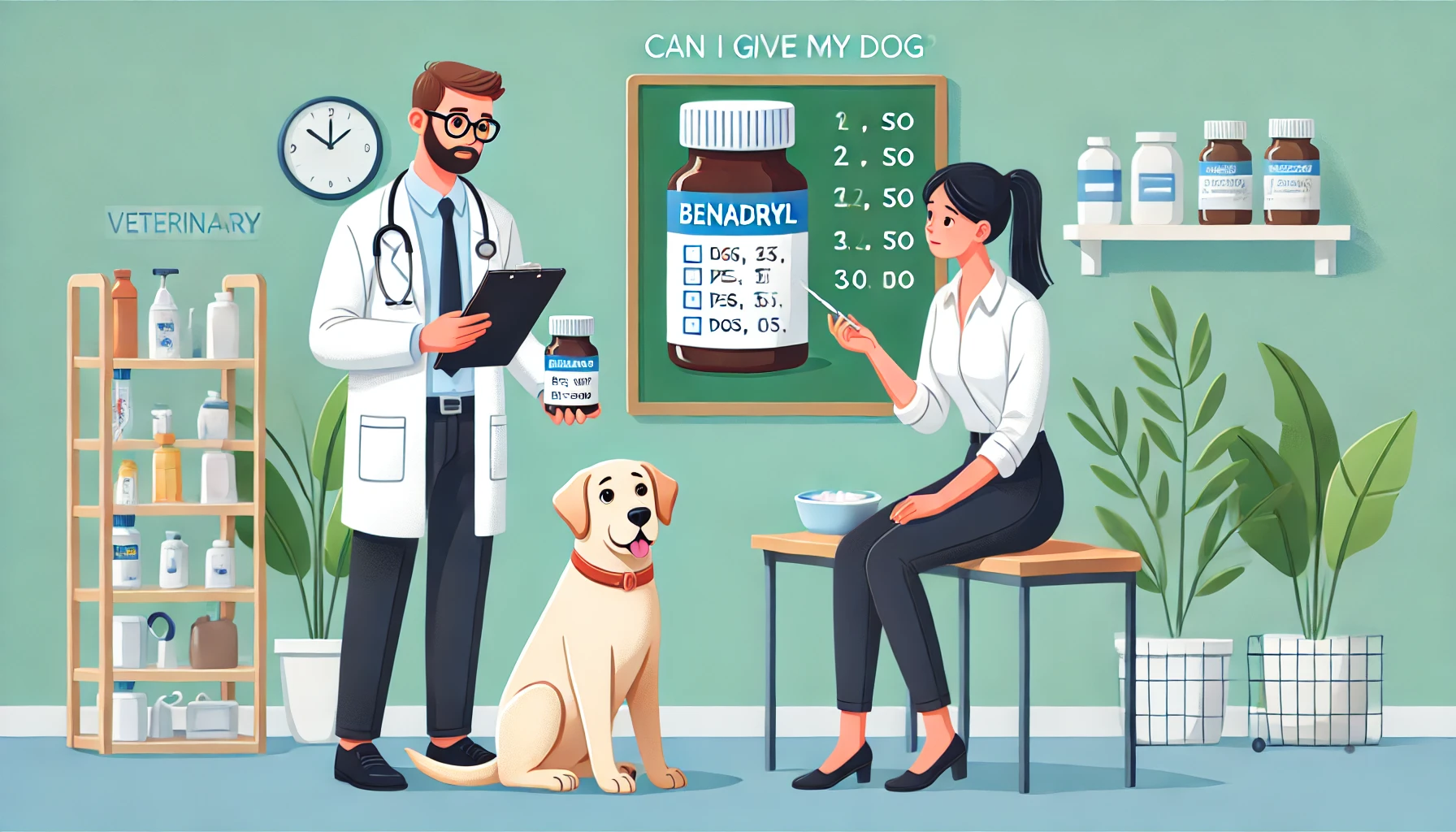
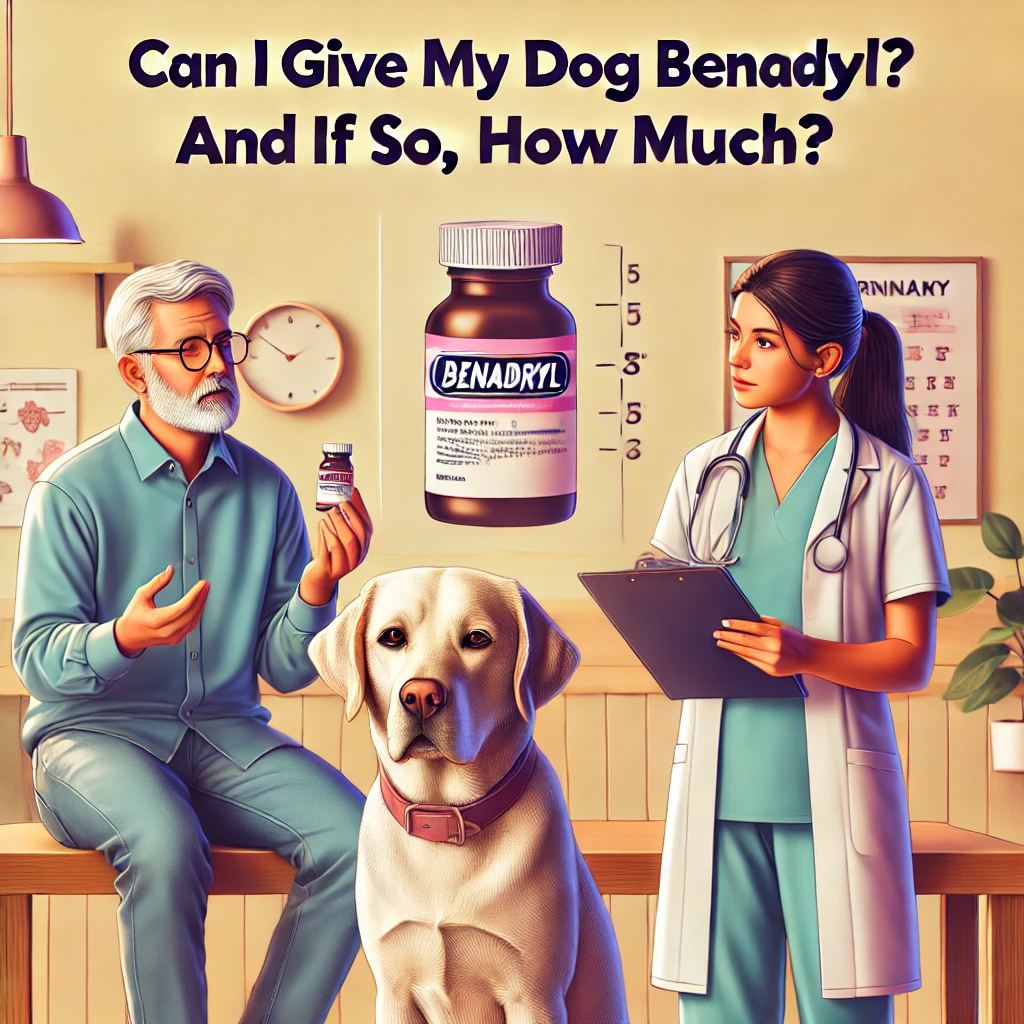
Introduction of Benadryl
Benadryl (diphenhydramine) is often considered by pet owners looking to treat their dogs for allergies, anxiety, and other conditions. This detailed guide explores the appropriate use, dosages, and safety considerations of Benadryl for dogs.
What Is Benadryl?
It is known generically as diphenhydramine, is an antihistamine used to relieve symptoms of allergy, hay fever, and the common cold. It is effective in reducing itching, swelling, and other allergic reactions.
Why Give Benadryl to Dogs?
- Allergies: It is often administered to dogs to alleviate symptoms caused by environmental allergies (pollen, dust), food allergies, or insect bites.
- Anxiety and Motion Sickness: It can also be used to help calm dogs with anxiety and to prevent motion sickness during car rides or flights.
- Other Uses: It may help with conditions involving inflammatory skin diseases, vaccine reactions, or snake bites (as a part of the treatment).
Benadryl Dosage for Dogs
The typical dosage recommended is 1 mg per pound of body weight of the dog, administered 2-3 times daily.
Dosage Chart
| Dog’s Weight | Benadryl Dosage |
| 10 lbs | 10 mg |
| 20 lbs | 20 mg |
| 50 lbs | 50 mg |
| 100 lbs | 100 mg |
Dosage Guidelines
The standard dosage for oral Benadryl is 1 mg per pound of body weight, administered 2-3 times a day. For instance:
- A 25-pound dog might receive 25 mg of Benadryl.
- A 50-pound dog might receive 50 mg of Benadryl.
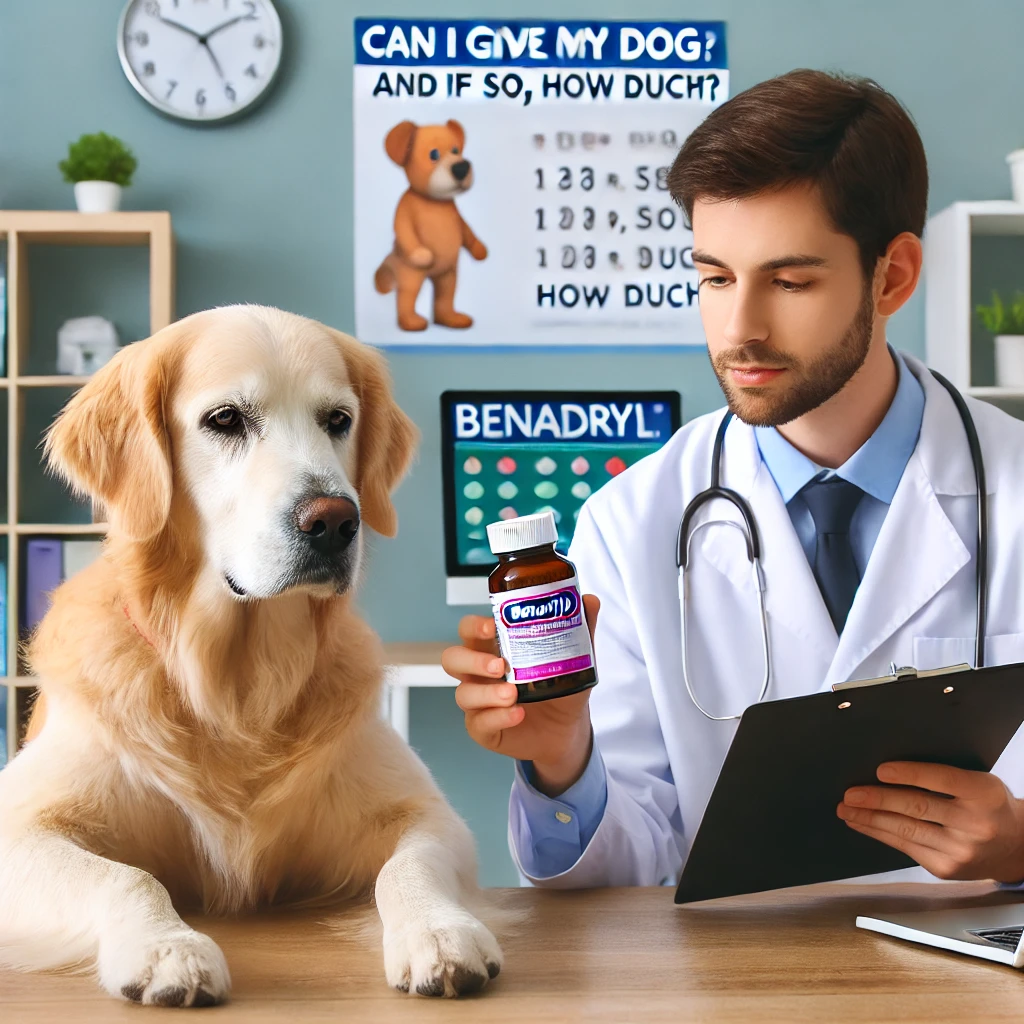
Note: Only use plain Benadryl formulations. Products combining decongestants or alcohol can be toxic to dogs.
Risks and Safety Concerns
Possible Side Effects
Less Common Side Effects: Diarrhea, vomiting, and rapid breathing may occur but are less common.
Common Side Effects: Drowsiness, dry mouth, and urinary retention are the most typical side effects.
When to Avoid Benadryl
- Chronic Conditions: Dogs with glaucoma, high blood pressure, or cardiovascular disease should not take Benadryl.
- Pregnancy: It is not recommended for pregnant or nursing dogs.
Precautions
- Medical History: Dogs with glaucoma, high blood pressure, or cardiovascular disease should avoid Benadryl unless prescribed by a vet.
- Interactions: Benadryl can interact with other medications, altering their effects. Always consult with a vet if your dog is on other medications.
- Overdose Risk: Signs of overdose include dilated pupils, rapid heart rate, agitation, and constipation.
Veterinary Consultation
Always consult a veterinarian before starting any new medication regimen, especially if your dog has pre-existing health conditions or you are using Benadryl for young puppies or senior dogs.
Alternatives to Benadryl
If It is not suitable, or if you’re looking for a non-pharmacological approach, consider alternatives such as:
Allergy Testing and Immunotherapy: Identifying and treating allergies at their source rather than managing symptoms.
Other Antihistamines: Cetirizine (Zyrtec) or Loratadine (Claritin) might be recommended.
Supplements: Omega-3 fatty acids, which can improve skin health and reduce allergic reactions.
FAQs
Can I Give My Dog Children’s Benadryl?
It’s advisable to use plain It without any additives or flavorings, which are often present in children’s formulations.
How Long Does Benadryl Take to Work?
It typically begins to take effect within 30 minutes of administration.
Is It Safe to Give My Dog Benadryl Daily?
Consult with a veterinarian, as long-term use may have different implications based on your dog’s health condition.
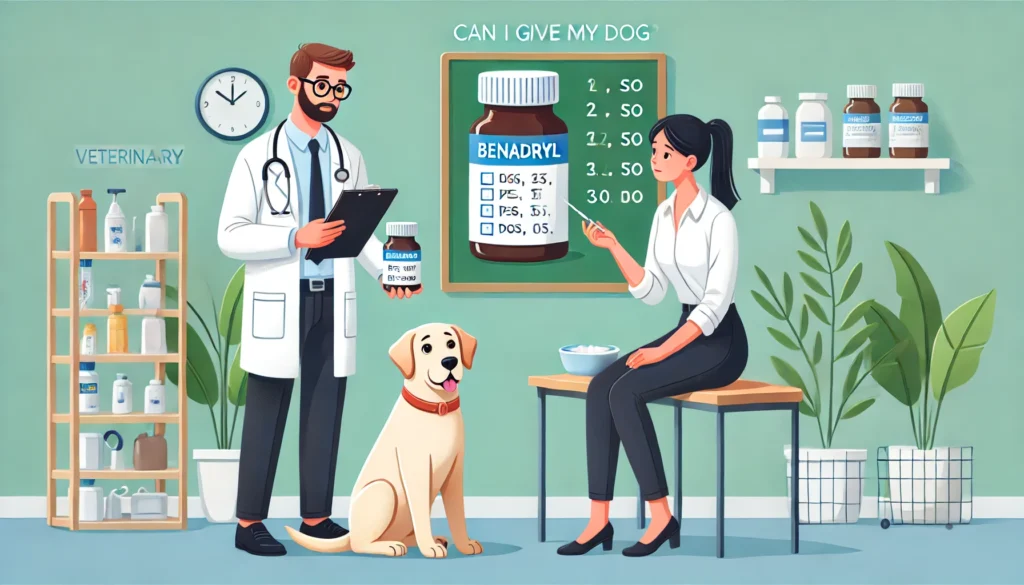
Conclusion
It can be a useful medication for managing allergies and anxiety in dogs when used correctly. Always consult with a veterinarian to ensure it is safe for your dog’s specific health needs and to determine the appropriate dosage and frequency.
This guide integrates comprehensive information about using Benadryl for dogs, ensuring responsible management of your pet’s health needs and answering common concerns about this widely used medication.





